Reportar esta entrada
Más sobre la misma comunidad-colección
Hermoso mural en la Iglesia Católica del Sagrado Corazon
Most popular murals of Segundo Barrio, This mural has so much ...
La apertura de San Jacinto Plaza - 2016
San Jacinto Plaza Opening - Video - 2016 The people of El ...
Club de la Mujer de El Paso - Video - 2016
Woman's Club Of El Paso - invitation to the opening exhibit for ...
La apertura de San Jacinto Plaza - 2016
Performers at the San Jacinto Opening Celebration having a good ...
Libreta de ahorros de 1950 del banco El Paso State National Bank
Books used for savings in 1950's at State National Bank El Paso.
La apertura de San Jacinto Plaza - 2016
The opening of the San Jacinto Plaza Opening-2016. The Band ...

















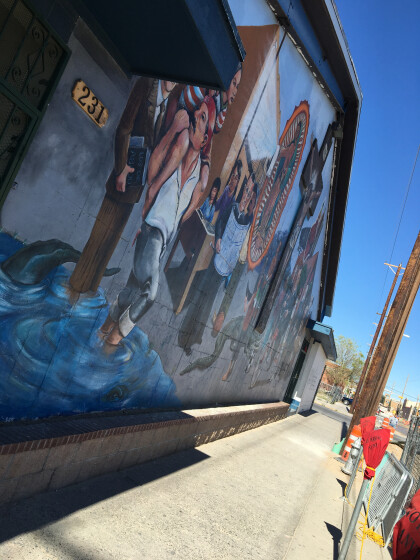
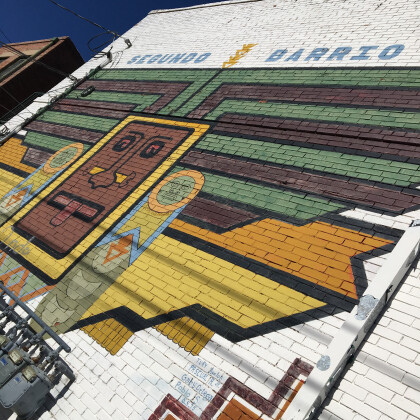
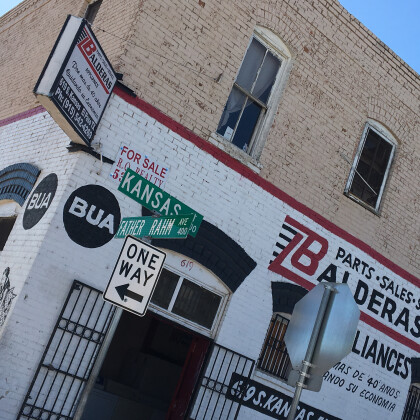
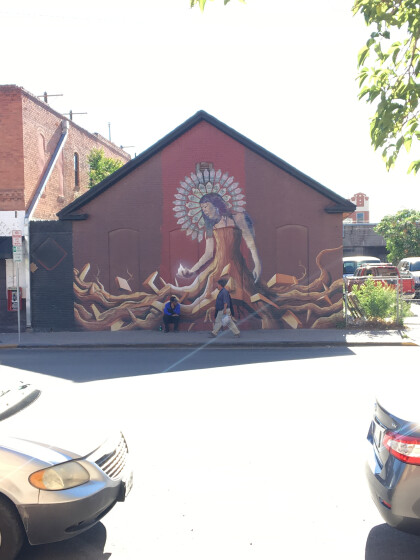
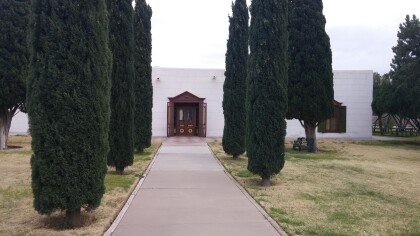
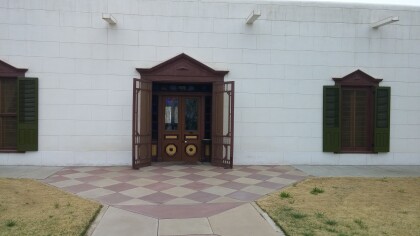

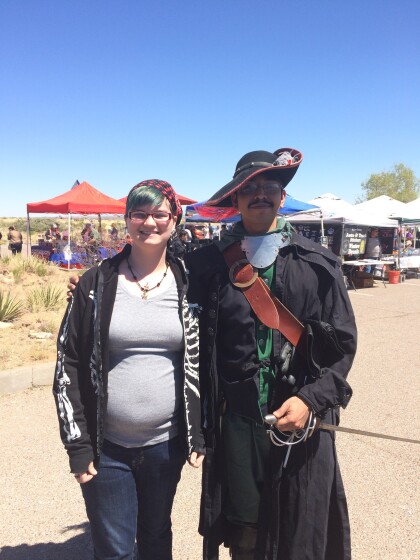
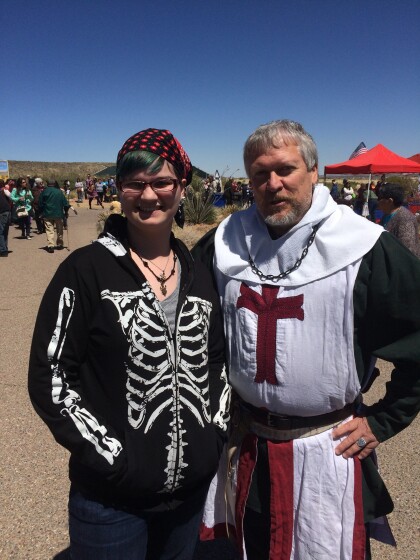
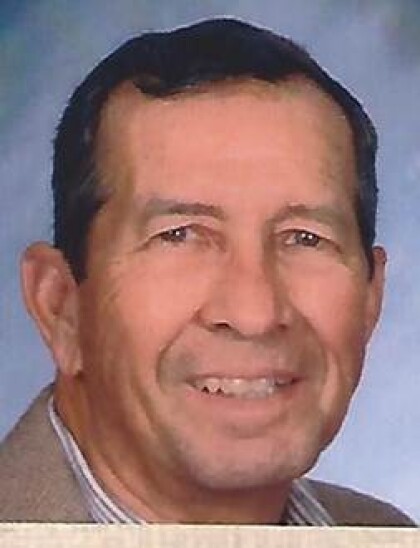
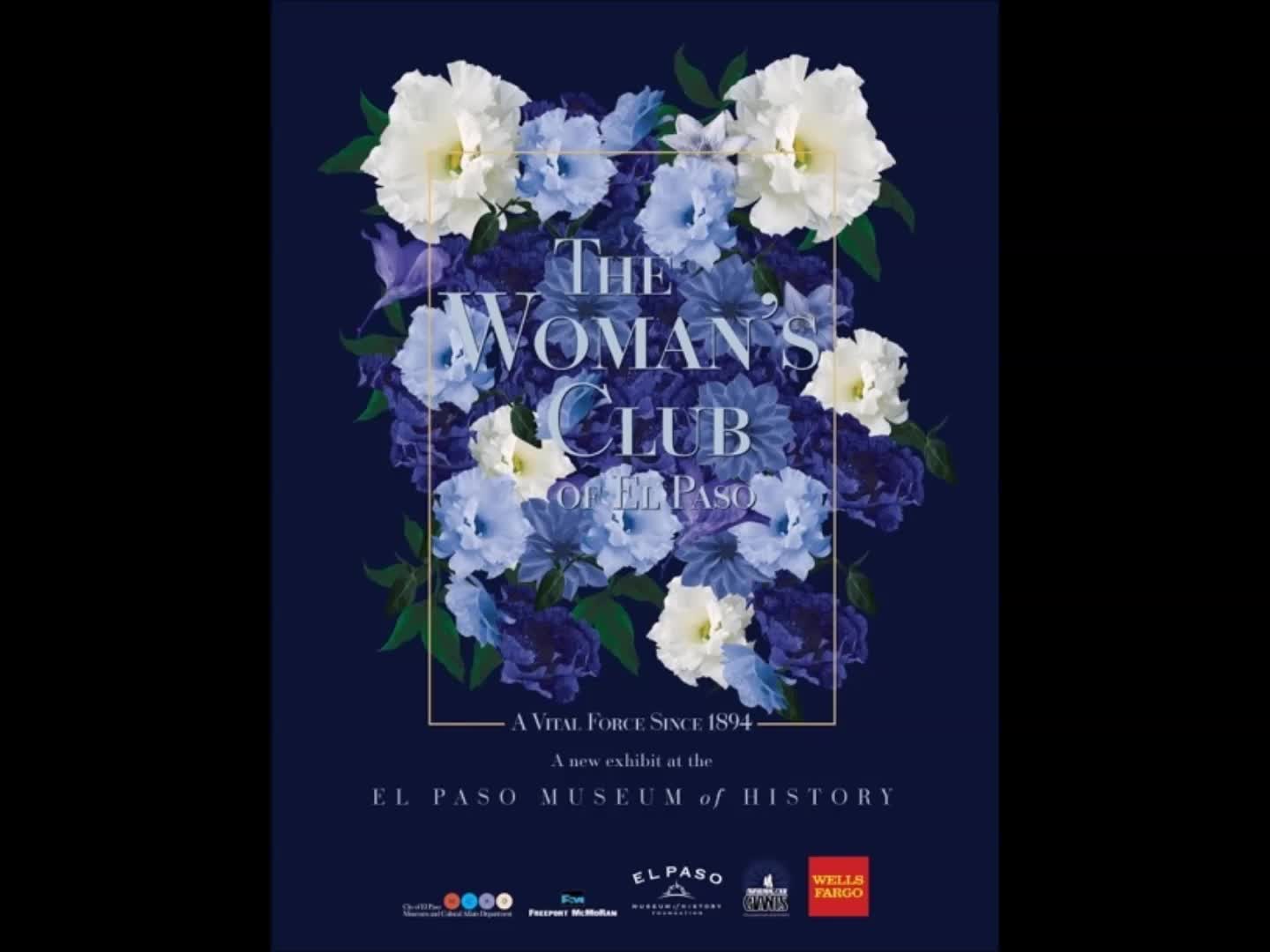
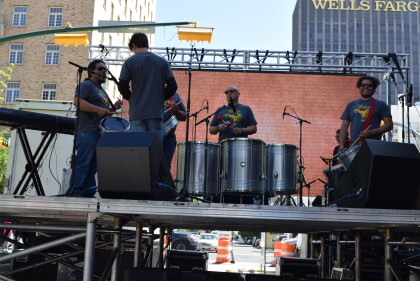
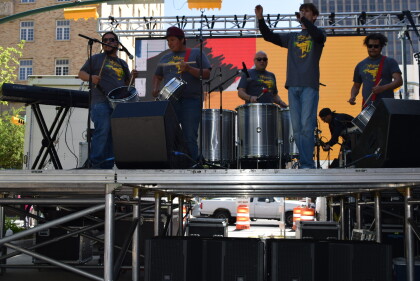
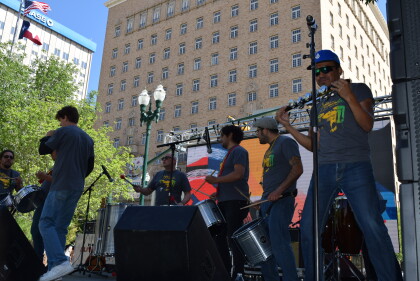
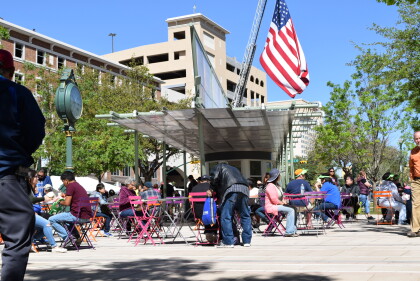
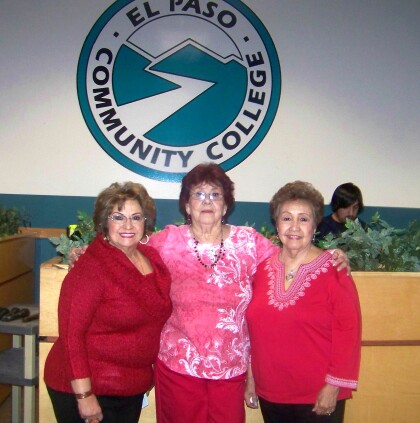
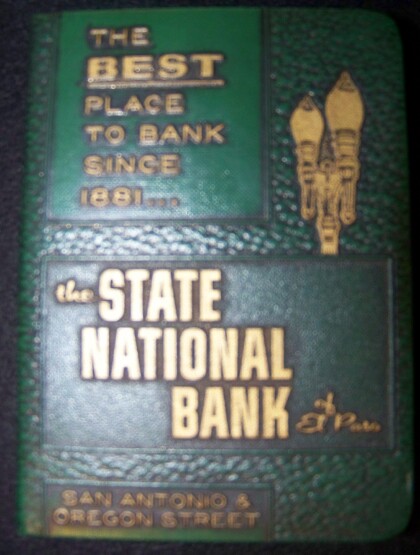
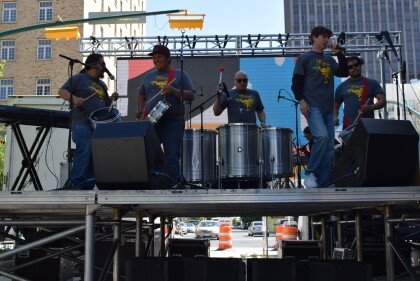
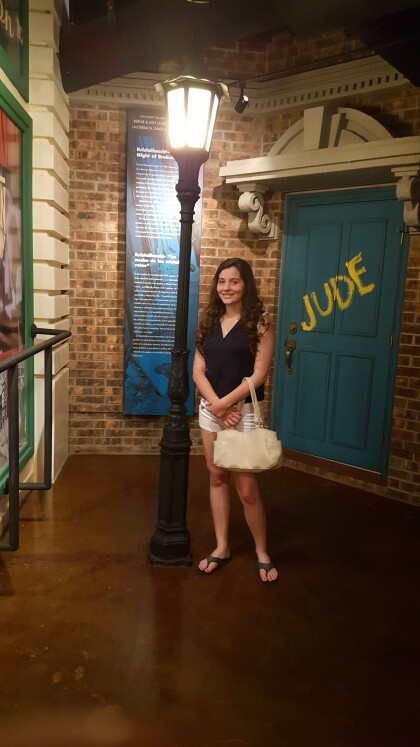
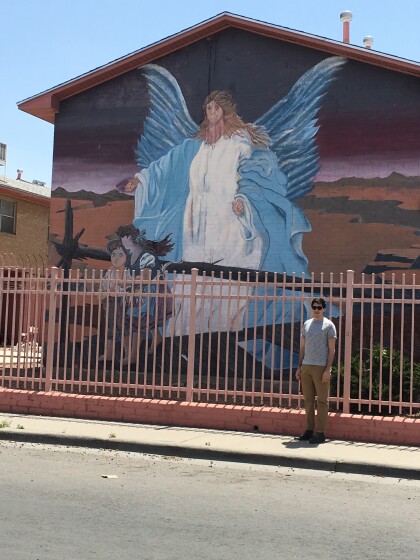
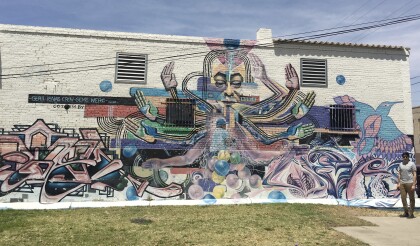
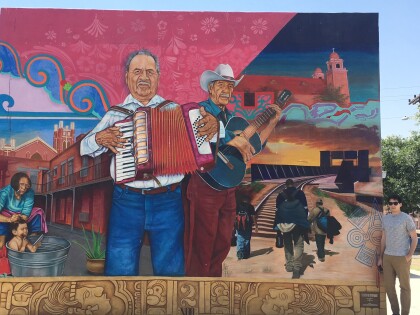
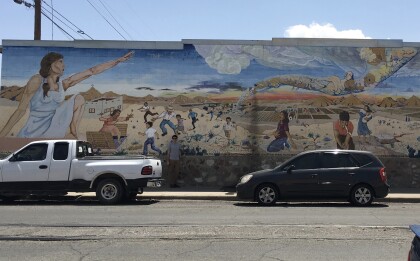
Comentarios
Hacer un comentario